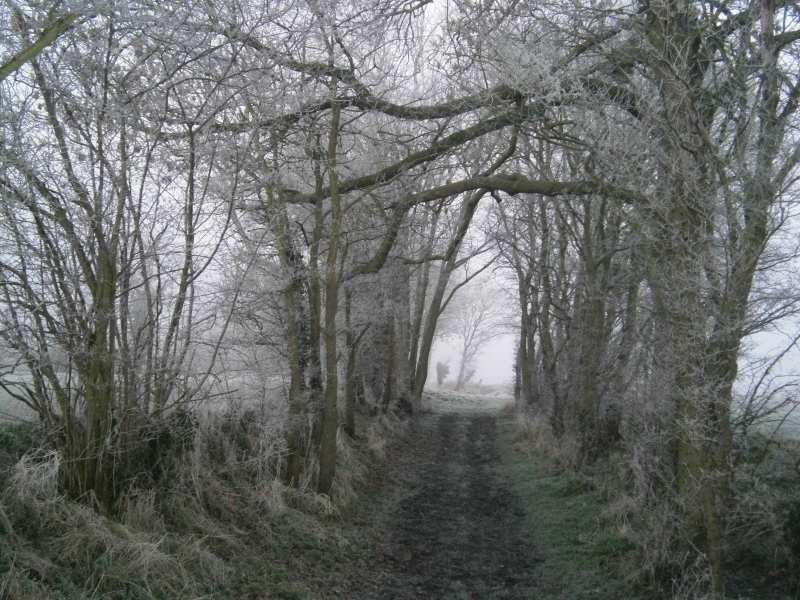
11 Feb Seeing Goldcrests
Finding goldcrests in these thin scrappy hedges is unexpected…
…but this week, on each afternoon walk, we have seen one or two searching for food.
They betray their presence by a constant si, si, si call and, initially, we look for them in the tops of trees. But they are at ditch level, working through tangled stems of bramble and ivy, looking for spiders and small insects. Goldcrests are reputed to be indifferent to man and it is said if you stand quietly and watch they will be quite unperturbed and confiding in their behaviour. Although they are constantly moving, and examining each bud and leaf for only a moment, we have a good view of these tiny birds with their yellow crowns.
It is probably from these markings that they get their name, shortened from the older term, Goldcrested Wren. Their Latin name, Regulus regulus, is reputed to reflect Aesop’s story of how the birds chose who was to be king by seeing who could fly highest. Each bird tried and the eagle surpassed them all, soaring higher and higher. But then a song was heard above the eagle. It was the goldcrest, who had hitched a ride and, perched on the eagle’s head, won the prize.
The goldcrest is widely distributed but populations can be decimated by bad winters. Only weighing around six grams, it needs lots of energy to keep warm. Populations have crashed several times after very cold winters, most recently in 2009-10. These population fluctuations were observed as long ago as the 1920s when the naturalist T. A. Coward noted:
Until the severe winter of 1916-17 the Goldcrest was abundant and widespread, nesting in all the wooded portions of our islands; now it can have little more than an obituary notice, for the nesting stock was practically ‘wiped out’.
We associate goldcrests with conifers, expecting to find them in pine and spruce trees, so it is a surprise to see them crossing the farm along this network of rather battered hedges. Perhaps they are resident birds spreading out looking for food or maybe winter visitors.
The long overseas migration of this smallest of birds caused much surprise. Amazingly they fly from Scandinavia across the North Sea and so were given the local name, Tot o’er seas. In bad weather they can be found caught up in the rigging of North Sea fishing boats or on oil rigs. Along the east coast they arrive “clustered almost like bees along the hedges…so tired as to be taken by hand to the shore”. Not believing that such a small bird could make a rough sea crossing, it was assumed they hitched a ride on other migratory birds arriving around the same time. This was particularly noticed with the arrival of the woodcock, leading to goldcrests becoming known as the woodcock pilot.
Standing in a bleak windswept field I watch two goldcrests search for food and reflect on their surprising lives.


